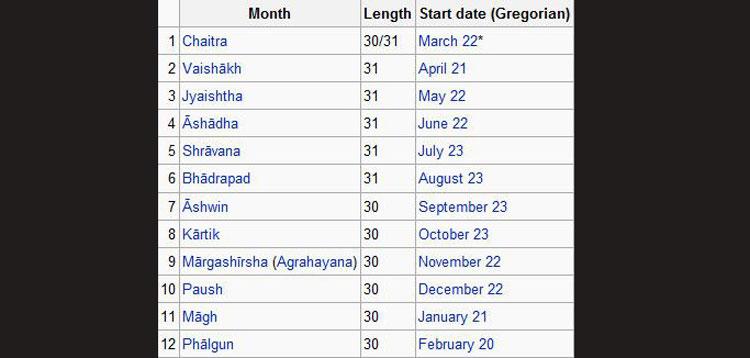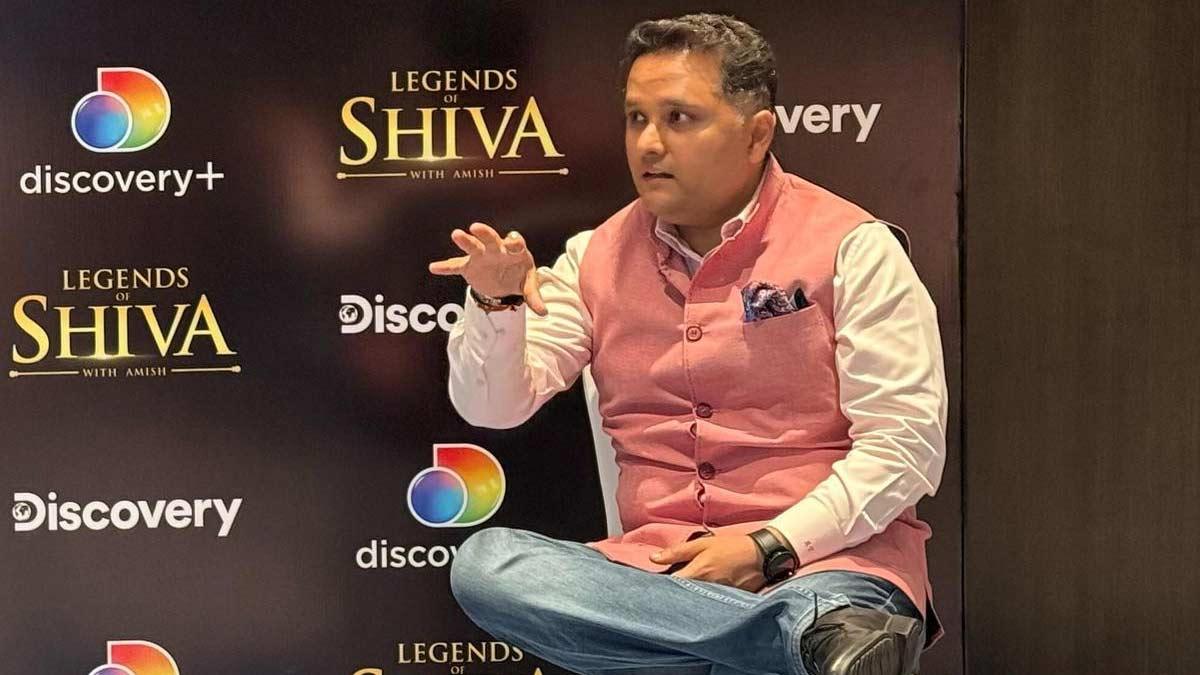Do you know that India has a National Calendar and March 22, termed as 1 Chaitra, is the first day of the New Year?
While most Indians celebrate their respective traditional new years with dates changing every year as they are based on the lunar tithi/month, in stark contrast, the dates of the National Calendar have a permanent correspondence with dates of the Gregorian calendar.
The first day, Chaitra 1 always falls on March 22 every year; March 21 in a leap year.
On Tuesday, March 22, the Ministry of Culture along with the Ministry of Earth Sciences are holding a curtain raiser and a website launch event for a two-day national conference on 'The National Calendar of India' to mark the anniversary of the occasion of adoption of the National Calendar of India way back in 1957.
Also read | Padma Awards 2022: Gen Bipin Rawat conferred award posthumously
Soon after independence, a 'Calendar Reform Committee' was formed in 1952 with an aim of developing a national calendar under the aegis of Council of Scientific and Industrial Research (CSIR). The committee was chaired by illustrious astrophysicist, Meghnad Saha, who put scientific rigour along with five other eminent experts to accomplish the task.
The task was not easy. The new national calendar was to be used uniformly across the country where almost each state has its own separate new year day based on the solar or lunar traditional calendar.
The National Calendar was developed and submitted to the Parliament in December 1956 and was approved and adopted by the Parliament for its immediate use starting from March 22, 1957, the day designated as Chaitra 1.
March 22 was chosen as India is a tropical country and the vernal equinox day (equal day and night) falls on March 22 of the Gregorian calendar system. It was also decided to adopt Saka year, which corresponded to 1879 Saka in 1957. As per the National Calendar, the current time is the last quarter of the Saka year 1943.
"The newly developed modern calendar possessed both, the desired Indian character, and a scientific signature, as it was prepared by blending the traditional and modern scientific knowledge. However, though it was constitutionally adopted by our Parliament in 1957 as a symbol of national identity, regrettably, it has remained unnoticed in people's psyche. Celebration of the 75th year of Independence offers us an opportunity to highlight the hitherto untold story of Indian National Calendar, which is a scientific expression of India's identity," said a source in the Ministry of Earth Sciences.
Also read | 125-yr-old Yoga Guru gets Padma Shri
The National Calendar has been in use for all so many years at all official purposes where dates need to be mentioned, such as in Gazette of India, news broadcast by All India Radio, calendars issued by the government of India and its ministries, and all government communications, including MoUs signed with other countries.
However, it is for the first time that a big curtain raiser event in Delhi and a two-day seminar at Ujjain on March 22-23 has been organised.
From the Ministry of Earth Sciences, it is the Positional Astronomy Centre under the India Meteorological Department (IMD) that every year publishes the Rashtriya Panchang in Hindi, English, Assamese, Bengali, Gujarati, Kannada, Malayalam, Marathi, Oriya, Punjabi, Sanskrit, Tamil, Telugu and Urdu and a digital copy is available for download on the IMD website too.


















